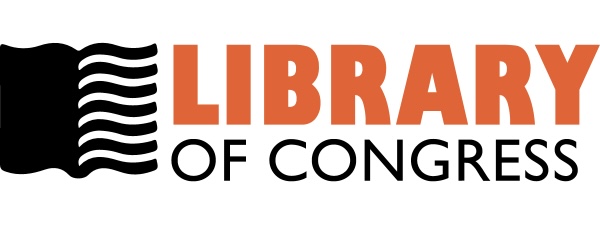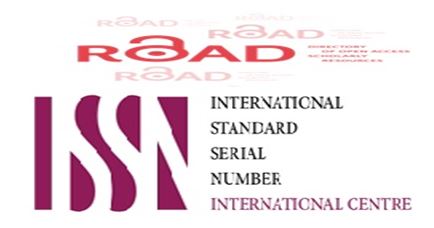Assessment of Serum Interleukin-2, -4 and C-reactive protein Levels in patients with Giardiasis and Cryptosporidiosis
DOI:
https://doi.org/10.32007/jfacmedbagdad.563516Keywords:
Interleukins, C-reactive protein, giardiasis, cryptosporidiosis and inflammatory response.Abstract
Background: Giardia lamblia and Cryptosporidium parvum are recognized as important health problem in different countries. Humans may infect by two parasites at different age groups. But more common in countries with poor sanitation and unsafe water. Cellular and humoral response is engaged by the host to fight against parasitic infection, cytokines are produced by CD4 of payer's patches or generated from the mucosa lymphoid tissue as result of long duration antigen stimulation via trophozoites or cyst stage or others.
Objectives: To evaluate the levels of IL-2, -4 and C- reactive protein in the sera of patients with Giardia lamblia and Cryptosporidium parvum.
Materials and methods: A total of 142 patients with diarrhea (56 males, 86 females) and compared with 60 healthy looking controls (10 male, 50 female). Attended to the central teaching hospital for pediatric in Baghdad city - Iraq, between 1st April 2012 till 1st August 2013. The diagnosis was established based on direct microscopic examination of stool and Cer Test Crypto-Giardia card, is a one-step colored chromatographic immunoassay. The patients serum had been tested for IL-2, -4 by used Enzyme linked Immunosorbent Assay (ELISA), while the concentration of C- reactive protein was determined by auto chemistry analyzer.
Results: The results of laboratory diagnosis revealed that 61 cases infected with Giardiasis, 31cases infected with Cryptosporidiosis and 50 cases infected with double infection. levels of IL-2, -4 and CRP in serum patients with Giardia lamblia and Cryptosporidium parvum was increase when comparing with the healthy looking controls, the statistical analysis shows no significant difference (p<0.05) between infected groups.
Conclusion: Giardia lamblia and Cryptosporidium parvum infections had significant effects on IL-2, -4 and CRP levels.




















 Creative Commons Attribution 4.0 International license..
Creative Commons Attribution 4.0 International license..


